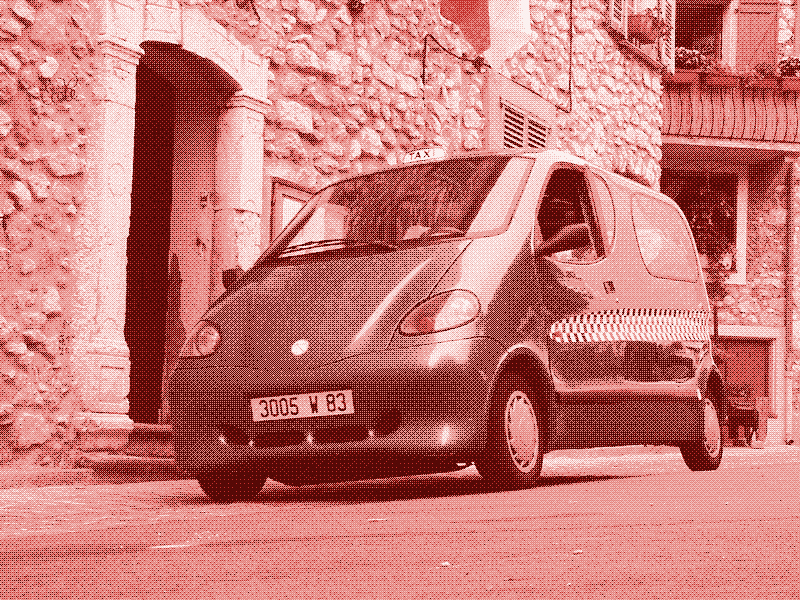
A small car that runs on compressed air is making headlines around the world. The design is a concept from the French engineer Guy Negre, and the Indian car manufacturer Tata Motors is the first to start production of the new vehicle.
If we can believe the news, the zero-emission car has finally arrived. No more pollution, no more CO2. “Amazingly this car is powered by air”, said the BBC in a commentary: “It sounds too good to be true”. In fact, it is too good to be true.
The car on air is an exact reflection of the car on hydrogen – which was received with as much enthusiasm in the media. Unfortunately, it’s impossible to generate energy without a source of power. Air is not a source of power. Neither is water. Cars can drive on hydrogen, but first you have to make hydrogen out of water. Cars can drive on compressed air, but first you have to… compress air.
Nuclear powered cars
Producing hydrogen, as well as producing compressed air, demands energy – lots of energy. And where does that energy come from? Coal plants, nuclear reactors and gas turbines. A car that “amazingly” runs on air, in reality just runs on fossil fuels - like any other car. Or on nuclear energy, but in that case it can also hardly be called “green”. Compressed air and hydrogen are energy carriers, not energy sources. They can be compared to electricity. What we need in the first place, are durable energy sources, not new energy carriers.
Cars on hydrogen, compressed air or electricity are only eco-friendly if the energy carrier on which they drive, has been produced with renewable energy sources, like solar energy or wind power. Since the share of renewable power in the electricity mix is still negligible, cars that run on electricity, hydrogen or compressed air are of no use. The engine on compressed air is a very clever piece of technology, but French engineer Guy Negre is too much ahead of his time.
110 kilometres an hour
What makes the car on air revolutionary is not that it runs on air but the fact that it’s very small, light and slow (it has a maximum speed of only 110 kilometres an hour). That’s why the car is so economical – a full tank only costs 1.5 euro and has a range of 200 kilometres. If normal cars running on fossil fuels would be this small, light and slow, they would be just as economical as the air car.
Compressed air cars have one important advantage over electrical cars: compressed air tanks are a more eco-friendly way to store energy (no chemicals required). On the downside, they have an even lower energy density than chemical batteries.